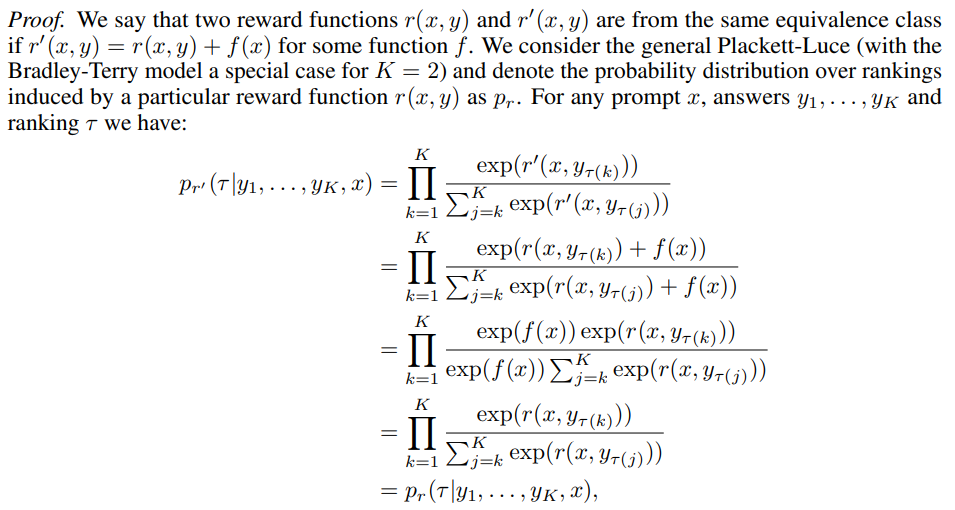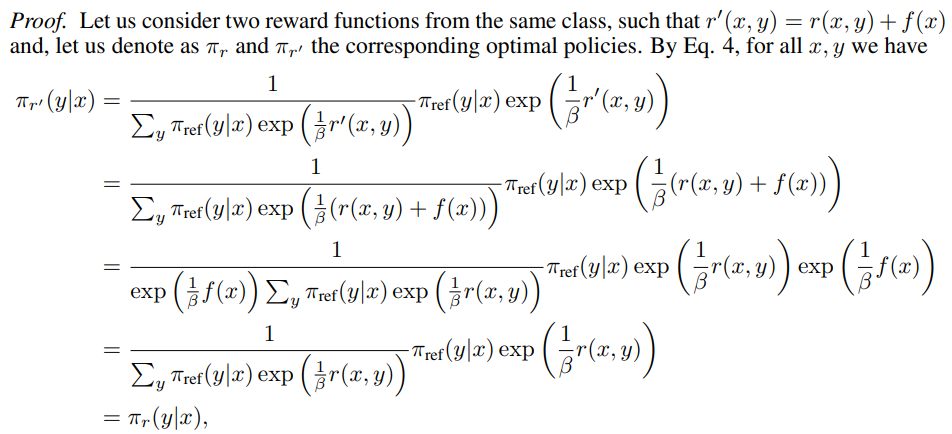and the distribution of digital products.
DM Television
Deriving the Gradient of the DPO Objective
:::info Authors:
(1) Rafael Rafailo, Stanford University and Equal contribution; more junior authors listed earlier;
(2) Archit Sharma, Stanford University and Equal contribution; more junior authors listed earlier;
(3) Eric Mitchel, Stanford University and Equal contribution; more junior authors listed earlier;
(4) Stefano Ermon, CZ Biohub;
(5) Christopher D. Manning, Stanford University;
(6) Chelsea Finn, Stanford University.
:::
Table of Links4 Direct Preference Optimization
7 Discussion, Acknowledgements, and References
\ A Mathematical Derivations
A.1 Deriving the Optimum of the KL-Constrained Reward Maximization Objective
A.2 Deriving the DPO Objective Under the Bradley-Terry Model
A.3 Deriving the DPO Objective Under the Plackett-Luce Model
A.4 Deriving the Gradient of the DPO Objective and A.5 Proof of Lemma 1 and 2
\ B DPO Implementation Details and Hyperparameters
\ C Further Details on the Experimental Set-Up and C.1 IMDb Sentiment Experiment and Baseline Details
C.2 GPT-4 prompts for computing summarization and dialogue win rates
\ D Additional Empirical Results
D.1 Performance of Best of N baseline for Various N and D.2 Sample Responses and GPT-4 Judgments
A.4 Deriving the Gradient of the DPO ObjectiveIn this section we derive the gradient of the DPO objective:
\

\ We can rewrite the RHS of Equation 21 as
\

\ Using the properties of sigmoid function σ ′ (x) = σ(x)(1 − σ(x)) and σ(−x) = 1 − σ(x), we obtain the final gradient
\

In this section, we will prove the two lemmas from Section 5.
\ Lemma 1 Restated. Under the Plackett-Luce preference framework, and in particular the Bradley-Terry framework, two reward functions from the same equivalence class induce the same preference distribution.
\

\ which completes the proof.
\ Lemma 2 Restated. Two reward functions from the same equivalence class induce the same optimal policy under the constrained RL problem.
\

\ which completes the proof.
\
:::info This paper is available on arxiv under CC BY-NC-ND 4.0 DEED license.
:::
\
- Home
- About Us
- Write For Us / Submit Content
- Advertising And Affiliates
- Feeds And Syndication
- Contact Us
- Login
- Privacy
All Rights Reserved. Copyright , Central Coast Communications, Inc.